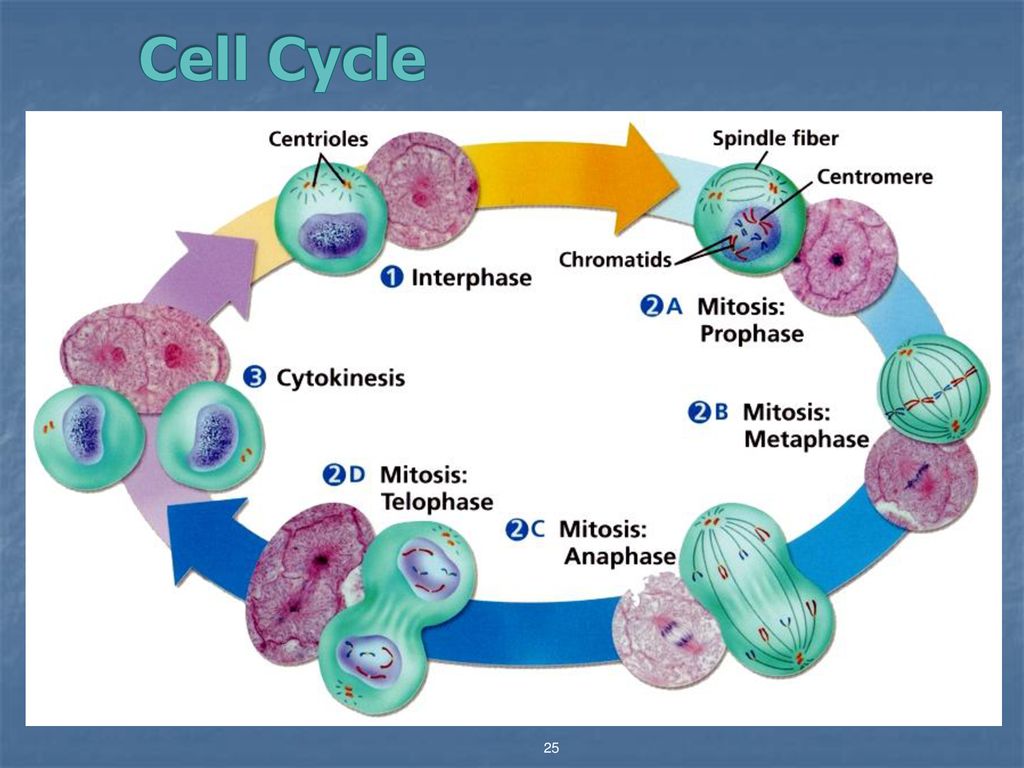Res Vector Graphic Biology Diagrams
Res Vector Graphic Biology Diagrams Phases of the Cell Cycle. The cell cycle is a 4-stage process consisting of Gap 1 (G1), synthesis (S), Gap 2 (G2), and mitosis (M), which a cell undergoes as it grows and divides. After completing the cycle it either starts the process again from G1 or exits through G0. From G0, the cell can undergo terminal differentiation.

Phases of Cell Cycle. Cell cycle or cell division refers to the series of events that take place in a cell leading to its maturity and subsequent division. These events include duplication of its genome and synthesis of the cell organelles followed by division of the cytoplasm. Human cells exhibit typical eukaryotic cell cycle and take around Phases of the Cell Cycle 1. Gap 0 Phase (G0) Gap 0 phase or G0 phase of the cell cycle is a period of time where the cell is present in a quiescent stage or resting phase, as it neither divides nor grows. The G0 phase can be considered either an extended G1 phase or a separate phase-out of the cell cycle.

TeachMePhysiology Biology Diagrams
It is the first phase of the cell cycle, recognized by the growth period where the chromosome gets duplicated as the cell prepares for division. Interphase happens between one cell division or mitotic (M) phase and the next. It is the longest part of the cell cycle involving three sub-phases. The typical duration of this phase is 23 hours. The most basic function of the cell cycle is to duplicate accurately the vast amount of DNA in the chromosomes and then segregate the copies precisely into two genetically identical daughter cells. These processes define the two major phases of the cell cycle. DNA duplication occurs during S phase (S for synthesis), which requires 10-12 hours and occupies about half of the cell-cycle time in

Summary. The cell cycle is an orderly sequence of events. Cells on the path to cell division proceed through a series of precisely timed and carefully regulated stages. In eukaryotes, the cell cycle consists of a long preparatory period, called interphase. Interphase is divided into G 1, S, and G 2 phases. Mitosis consists of five stages Overview of the Cell Cycle Phases. The two broad phases of the cell cycle are interphase and mitosis. During interphase, cells grow, replicate their DNA and organelles, and prepare for division. Interphase steps are the first gap phase (G 1), the synthesis phase (S), and the second gap phase (G 2). Cells divide during mitosis (M). The cell cycle refers to the process in which cells replicate themselves through carefully coordinated molecular events, leading to the formation of two daughter cells with duplicated DNA. Overview of the different phases of the cell cycle. Quiescent cells are in G0 phase and reenter the cell cycle at G1, during which cells prepare for DNA
